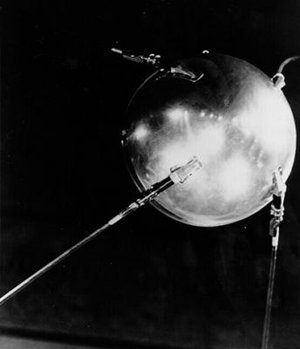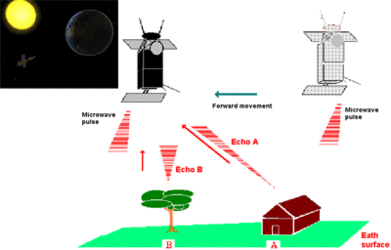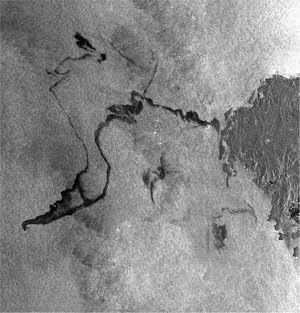7. Active sensors
Passive sensors main disadvantage is that if the sky is covered with clouds, they cannot be used to observe the Earth surface (or the oceans). Therefore, another type of sensor must be used. These are called “active sensors” because they rely on their own sources of radiation to “illuminate” objects so that the energy reflected and returned to the sensor may be measured. The most common active sensor used in remote sensing is “radar”.
The radar is an active sensor. This means that it receive the reflection of the impulse it gave. It operates in the microwave and radio wavelength regions of the electromagnetic spectrum. The wavelengths range from 1 mm to 20 m.

The advantage of using microwaves is that they pass through gases and clouds and can even penetrate solids to a limited degree. Microwaves are generated electronically and this artificial radiation is emitted by an antenna. The radar instrument produces regular pulses of energy, of a known wavelength where waves are vibrating in a predetermined orientation.











